- The Allure of Japanese Summer
- Summer Festivals and Fireworks Displays: Enjoying a Colorful Night
- The Symbols of Summer in Japan
- Summer Food Culture: Tastes to Overcome the Hot Season
- Connecting with Nature: Summer Outdoor Activities
- Summer Events and Entertainment
- Heat Measures and Health Management
- Recommended Summer Travel Spots
The Allure of Japanese Summer
The summer in Japan is characterized by its high humidity and temperature, which, in turn, intensifies the greenery and ripens the summer fruits to their sweetest. The countryside spreads like a carpet of green, and the cities buzz with activity from morning till night. In Japan, where the changes of each season are cherished, summer is seen as a time brimming with energy, captivating people with unique activities and festivals.
Summer Festivals and Fireworks Displays: Enjoying a Colorful Night
Regional Summer Festivals
Throughout Japan, there are various summer festivals, each rich in local color. For instance, Kyoto’s Gion Festival, with a history of over a thousand years, is famous for its grand Yamaboko Junko (float parade). During this period, the city is filled with festival decorations, inviting visitors to experience the ancient capital’s charm.
Yukata and Festival Nights
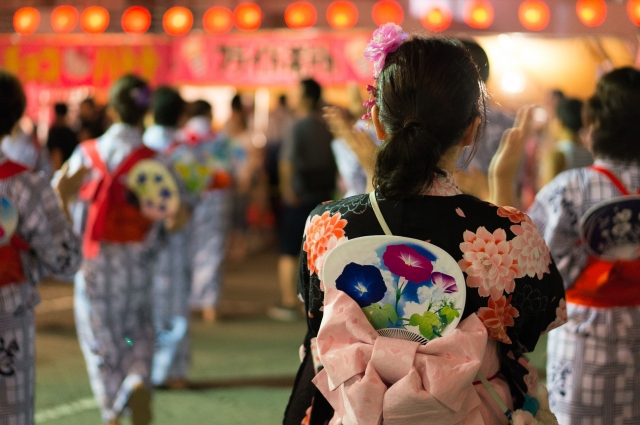
The nights of summer festivals are lively with people dressed in colorful yukatas. A yukata is a summer kimono, known for its cool fabrics and designs. At the festivals, rows of food stalls offer games and meals for enjoyment.
The Spectacle of Fireworks Displays

The fireworks that light up Japan’s summer night skies are known for their beauty in color and shape. Large-scale events like the Sumidagawa Fireworks Festival feature fireworks choreographed to music, captivating the audience. These fireworks are works of art created by skilled technicians.
The Symbols of Summer in Japan
The Ecology and Song of Cicadas
It’s often said that summer in Japan begins with the sound of cicadas. Cicadas live their short lives on the ground with vigor, and their ecology is a familiar aspect of life for the Japanese. The singing of cicadas is one of the sounds that symbolize the heat of summer.
The Beauty of Summer Flowers
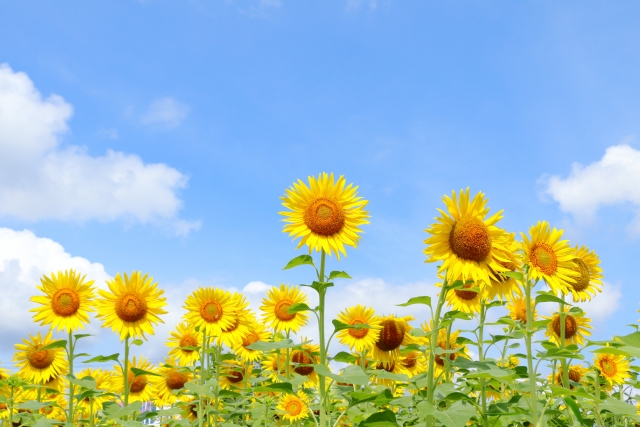
In Japan, summer brings the blooming of sunflowers and morning glories. Sunflower fields, in particular, are a popular summer sight, while morning glories charm with their cool colors, showcasing their beauty from the early morning.
The Melody of Wind Chimes and the Mood of Summer
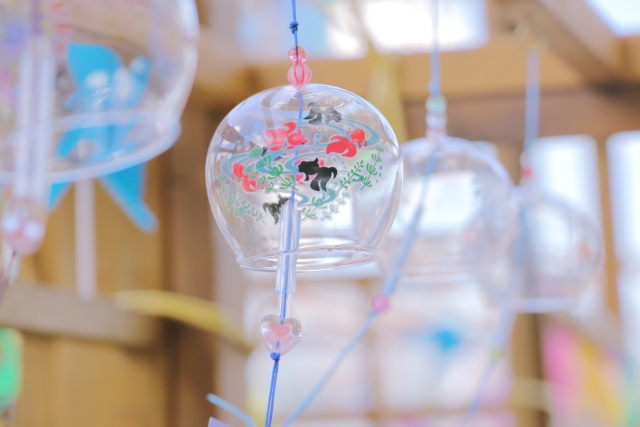
The Japanese summer is also characterized by the cool sound of wind chimes. Made of glass or pottery, wind chimes provide a pleasant sound while visually representing the flow of the wind. Their melody brings a moment of coolness in the hot summer.
Summer Food Culture: Tastes to Overcome the Hot Season
Varieties and Characteristics of Cold Noodle Dishes
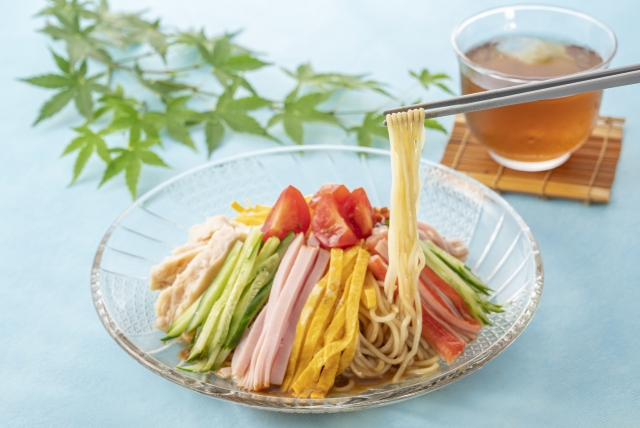
The summer in Japan is hot, often leading to a loss of appetite, but cold noodle dishes like somen and hiyashi chuka come to the rescue. These noodles can be prepared quickly and have a refreshing taste, making them easy to eat even when you’re not feeling very hungry.
Summer Fruits and How to Enjoy Them

Watermelon and peaches are iconic fruits of the Japanese summer. Watermelon splitting, in particular, is a traditional game enjoyed during the hot season and loved by people of all ages. In this game, blindfolded participants aim to split a watermelon with a stick, guided by the voices of those around them. It’s common to strike the watermelon forcefully while blindfolded. The split watermelon is then shared among everyone, relishing its sweet and juicy flavor. On the other hand, peaches, with their juicy sweetness, are a beloved sweet treat that makes one forget the summer heat. The soft, juicy flesh of peaches makes them a popular choice for summer desserts and as ingredients in cold beverages and sweets.
Foods for Preventing Summer Fatigue

In Japan, nutrient-rich foods are recommended to prevent summer fatigue. Grilled eel (unagi no kabayaki) is a prime example, eaten to replenish energy during the hot period. Also, vegetables and fruits rich in vitamins are indispensable on the summer dining table.
Connecting with Nature: Summer Outdoor Activities

Activities at the Sea
Japan boasts beautiful coastlines, and summer is a prime time for beach activities. In the clear waters of Okinawa, you can observe a variety of fish and coral reefs through snorkeling and diving. In the Izu Peninsula, marine sports like surfing and windsurfing are popular, offering a chance to feel the wind and waves.
Experiences in the Mountains
Summer in Japan is also an ideal season for mountain climbing. Mount Fuji is particularly famous, attracting climbers from both within Japan and abroad. Additionally, the dishes made with fresh highland vegetables and wild plants, available only in summer, offer a wonderful opportunity to taste the bounty of the mountains.
Relaxation by the River
Along the riverbanks, you can enjoy barbecues with family and friends. There are also plenty of water-based recreational activities like river play and rafting, perfect for forgetting the summer heat. Dining and playing in the midst of nature provide a special time to escape from everyday life.
Summer Events and Entertainment

The Allure of Music Festivals
Summer is the season for large-scale music festivals in Japan. Events like Fuji Rock and Summer Sonic gather famous artists from both Japan and abroad, offering the chance to enjoy live music outdoors. There is a culture of immersing oneself in music passionately, often throughout the night, especially among the youth.
Engagement in Sports Events
Summer is also full of sports events, including professional baseball, a season of fervent support for fans. Watching games at stadiums has become a staple of summer entertainment, embodying the culture of cheering for local teams.
Experiencing Traditional Culture
In summer, Japan hosts a variety of traditional cultural events in different regions. For example, every summer in Kyoto, the “Kyoto Tanabata” festival is held, where the ancient city streets are enchantingly decorated with bamboo lanterns and streamers. During this period, you can immerse yourself in Kyoto’s unique culture through traditional craft exhibitions and dance performances by maiko.
In Tokyo’s Asakusa, the “Asakusa Samba Carnival” takes place, offering a unique festival experience that blends the rhythms of Brazilian samba with Japanese tradition. Furthermore, the Gujo Odori in Gifu Prefecture is a traditional dance that brightens summer nights, where visitors can join in the dance.
These events provide a valuable opportunity to deeply engage with Japanese traditional culture and learn about the unique history and arts of each region. When visiting Japan in the summer, experiencing these events allows you to deeply appreciate the diversity and charm of Japanese culture.
Heat Measures and Health Management
Appropriate Hydration and Salt Intake
In the blazing sun, it’s crucial to replenish lost fluids and salts, making it important to drink sports drinks or barley tea. Umeboshi (pickled plums) and salt-containing snacks are also helpful for preventing heatstroke.
Sun Protection and Cooling Products
To avoid sunburn, using parasols and applying sunscreen are effective measures. Additionally, products like cooling sprays and cooling gels are indispensable on hot days.
Traditional Ways to Stay Cool
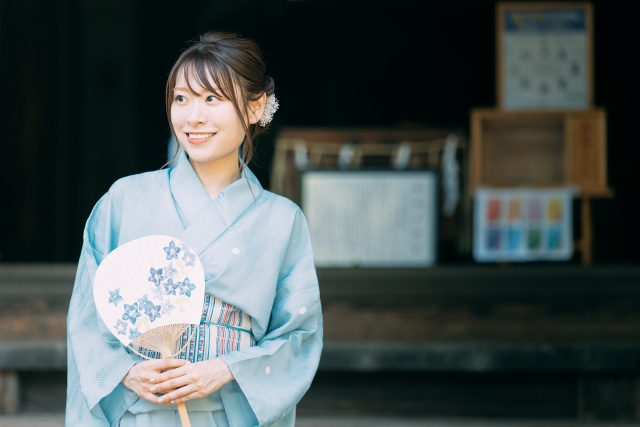
Using fans and uchiwa (hand-held paper fans) is a traditional and convenient Japanese way to feel cool. Furthermore, hanging sudare (bamboo blinds) or cool-looking woven fabrics inside the house can visually induce a sense of coolness.
Recommended Summer Travel Spots
Hokkaido: The Charm of Furano’s Lavender Fields
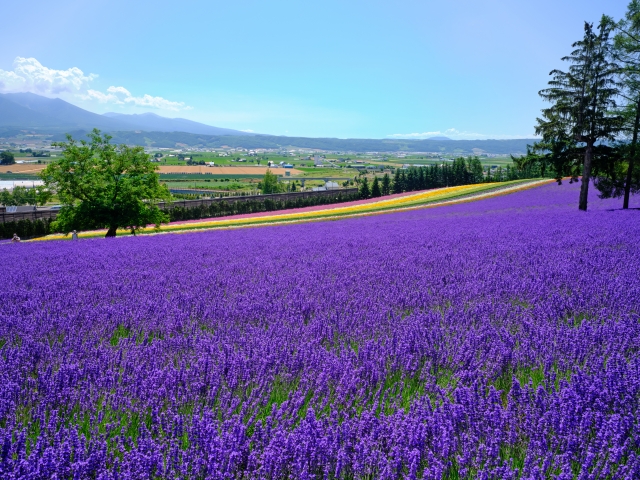
The summer in Hokkaido is cooler compared to other regions, offering a comfortable climate. Furano is especially famous for its lavender and is best viewed in July. The lavender fields in Furano, with their carpet of pale purple and enchanting fragrance, provide a soothing experience for visitors. Tourist spots like Farm Tomita and the Takushinkan, known for landscapes from the famous TV series “From the North Country,” offer views of lavender and other flowers, along with local specialties. The area is also known for unique treats like lavender ice cream, making it an ideal place to visit in summer.
Kyoto: Gozan no Okuribi and the Summer Atmosphere
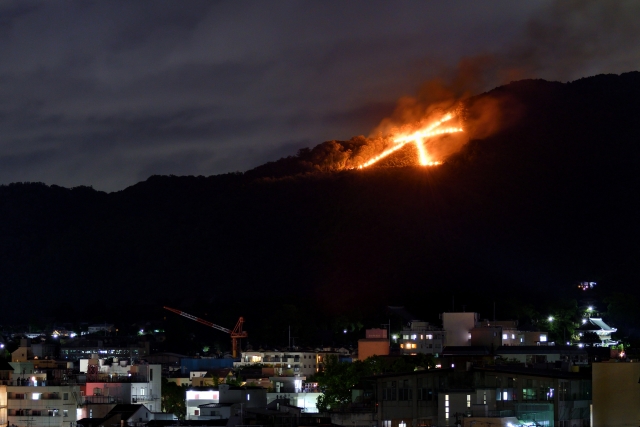
Summer in Kyoto allows you to enjoy historical events amidst the old capital’s ambiance. Particularly famous is the Gozan no Okuribi on August 16th. This event, unique to Kyoto, sends off the spirits of ancestors with fires lit in specific shapes like the Daimonji or ship. The fires, visible from afar, offer a grand scale. During this period, Kyoto also offers various events to enjoy cool summer nights, like dining on riverside platforms or strolling along the Kamo River.
Okinawa: Churaumi Aquarium and Marine Activities
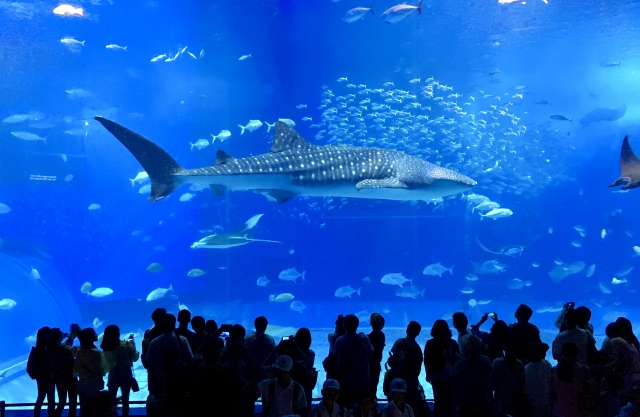
Summer in Okinawa is blessed with clear seas and rich nature. The Churaumi Aquarium, known for one of the world’s largest acrylic panels in its giant tank, allows up-close observation of diverse marine life like whale sharks and manta rays. Okinawa offers a plethora of marine activities, including snorkeling and diving, where you can interact with colorful coral reefs and tropical fish. Not just on the main island, but the surrounding smaller islands offer experiences akin to private beaches, where you can enjoy both relaxation and adventure in tranquil settings.
The summer in Japan offers a multitude of cultural and traditional experiences that leverage the heat, providing new discoveries and emotions to visitors. The ingenuity in seeking coolness, unique summer festivals, and interaction with nature embody the distinctive ways to enjoy a Japanese summer. If you visit Japan during this season, be sure to fully immerse yourself in these experiences to appreciate the heat and charm of the Japanese summer.
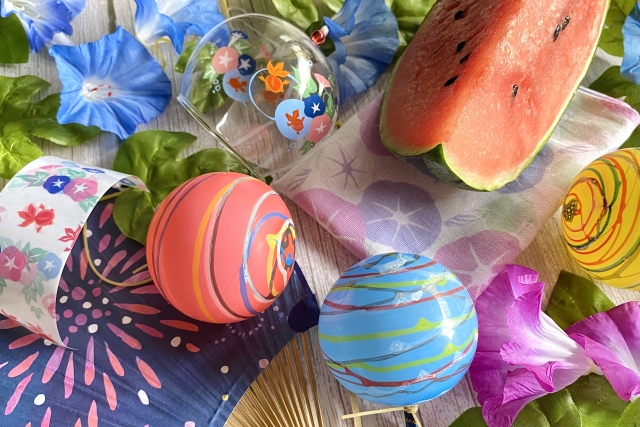


Comment Comment